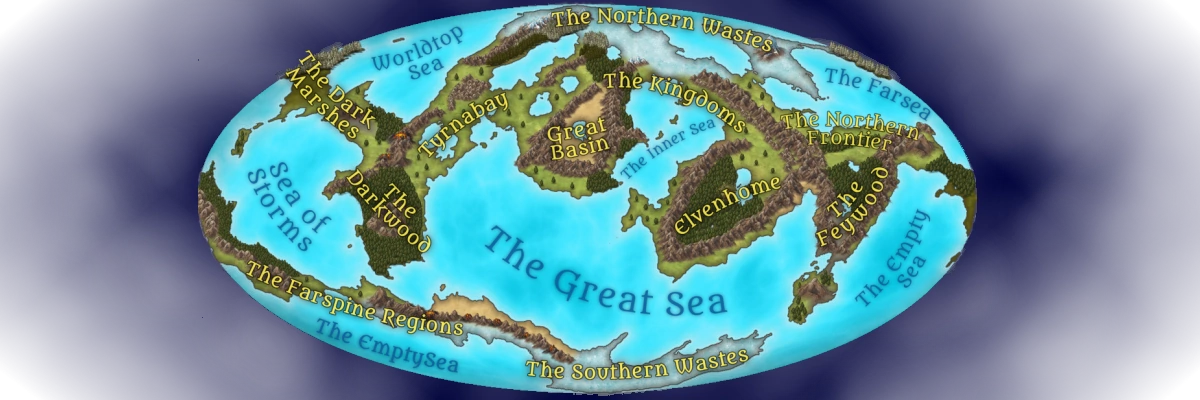Whipthorn
Whipthorns are a species of carnivorous plant, capable of trapping and consuming prey ranging from small animals to unwary and unfortunate adventurers. They are found primarily in and along the edges of marshlands in places where the ground level is high enough to be more or less dry most of the time.
As the tendril wraps around its victim, the thorns puncture, and small amounts of digestive enzyme are injected through hollow shafts. It can take days or weeks for a trapped creature to be broken down into compost for the plant.
The central body of the Whipthorn consists of a cluster of broad leaves 2 to 3 ft (60-100cm) across from which one to three flower stalks will project. The flowers are large, colorful, and fragrant, attracting insects, hummingbirds, or even nectar-consuming bats which help to pollinate the plants. These visitors are generally safe from the perils the plant provides. It is creatures that approach from the ground, or simply pass by the plant too closely, that experience the more aggressive nature of the plant.
Whipthorns require decaying animal matter to provide nutrients, and they have developed a method to gather such material in where the roots can absorb it. Eight to ten long, sinewy tendrils extend outward from the plant body in all directions. Each of these tendrils can grow to be as much as 20ft (6m) long; they are ropelike and can be nearly an inch (2.5cm) thick near the plant base. The tendrils are covered with trigger hairs and long, needle-like thorns as much as 2in (5cm) long.
Name
Whipthorn
Type
Plant
Size
Varies, main plant body is Small, with a 2ft (60cm) flower stalk, but tendrils can reach 20ft (6m) in length
Habitat
Uncommon: swamp
When a creature activates the trigger hairs by stepping on the tendril, or brushing close enough to it to have surrounding vegetation trigger the hairs, the tendril rapidly coils itself up with an action reminiscent of a coil spring rebounding after being stretched out and then released. As it does so, small animals can be wrapped up by the constricting tendril. Larger things - like the leg of an unsusepcting adventurer that has just stepped on the tendril, will at the very least find the tendril rapidly coiling around it. Unless the creature breaks free, or is particularly heavy, the tendril will eventualy roll itself back to the base of the plant with its prey coiled within.Whipthorns require decaying animal matter to provide nutrients, and they have developed a method to gather such material in where the roots can absorb it. Eight to ten long, sinewy tendrils extend outward from the plant body in all directions. Each of these tendrils can grow to be as much as 20ft (6m) long; they are ropelike and can be nearly an inch (2.5cm) thick near the plant base. The tendrils are covered with trigger hairs and long, needle-like thorns as much as 2in (5cm) long.
As the tendril wraps around its victim, the thorns puncture, and small amounts of digestive enzyme are injected through hollow shafts. It can take days or weeks for a trapped creature to be broken down into compost for the plant.



Comments